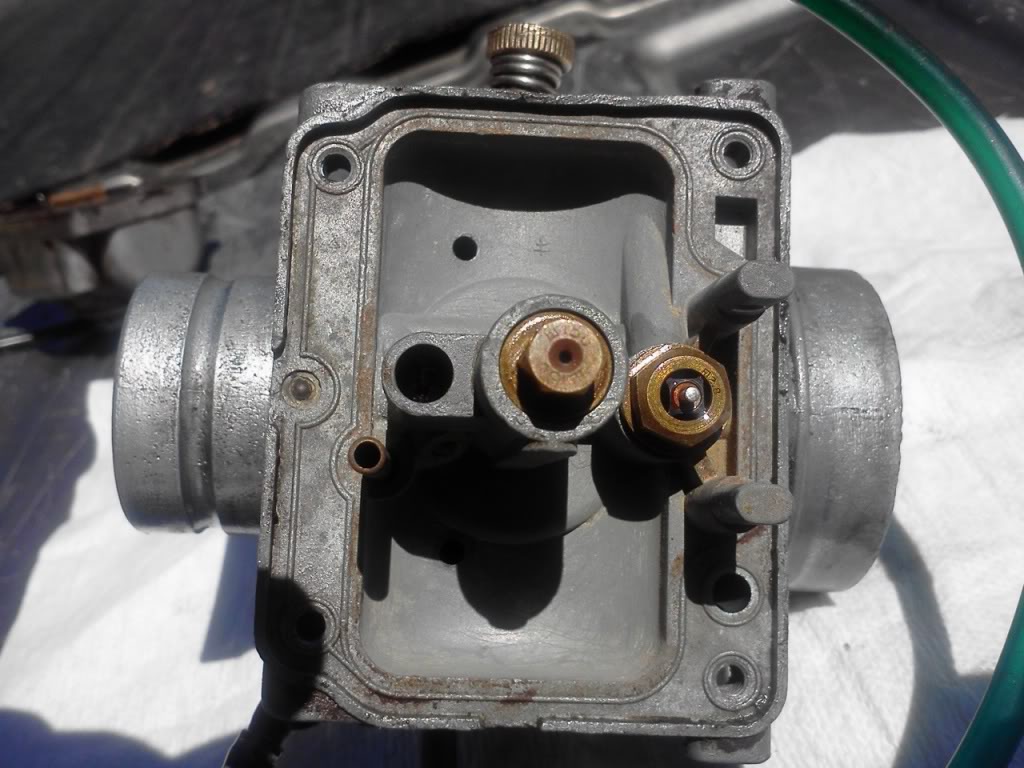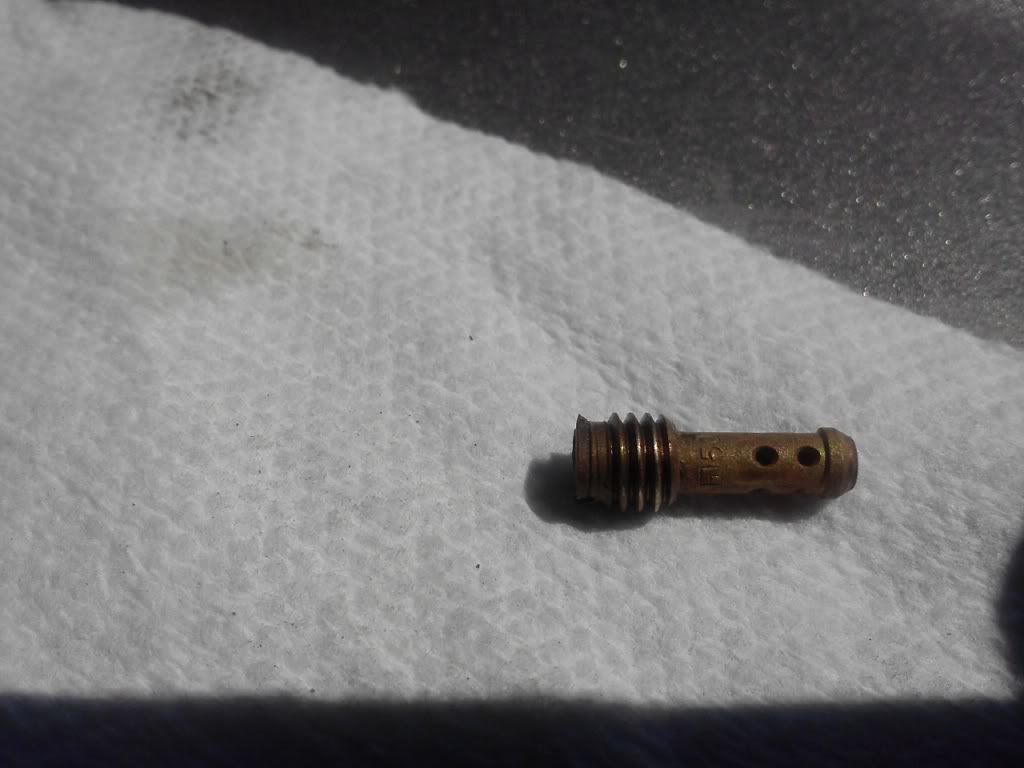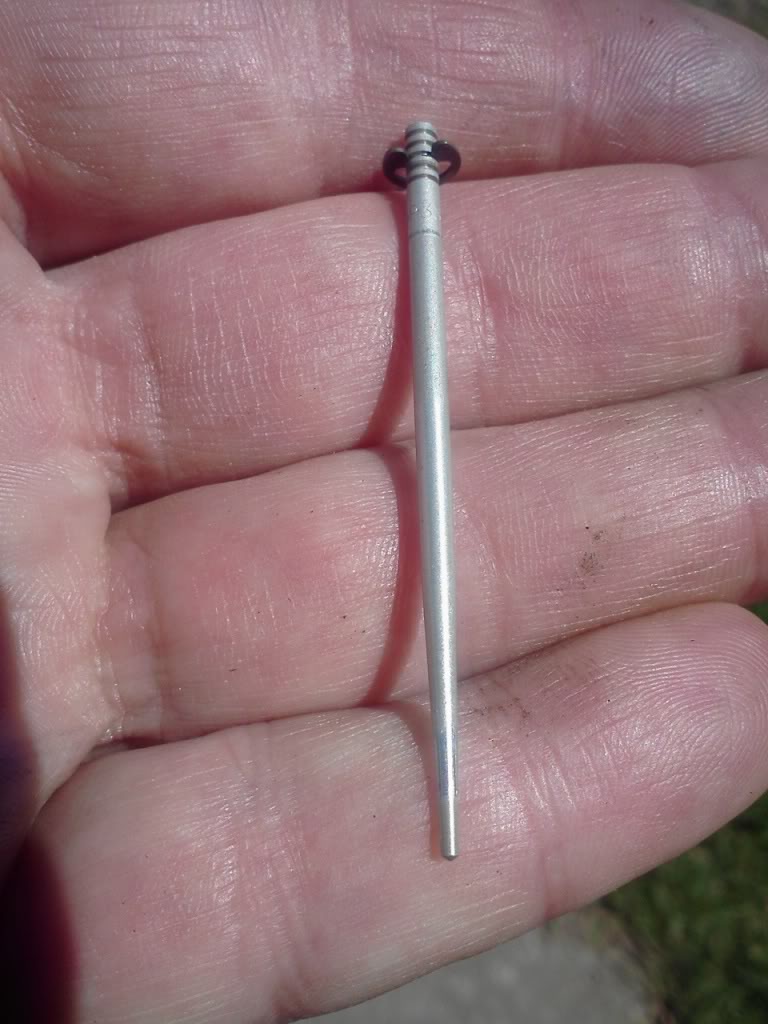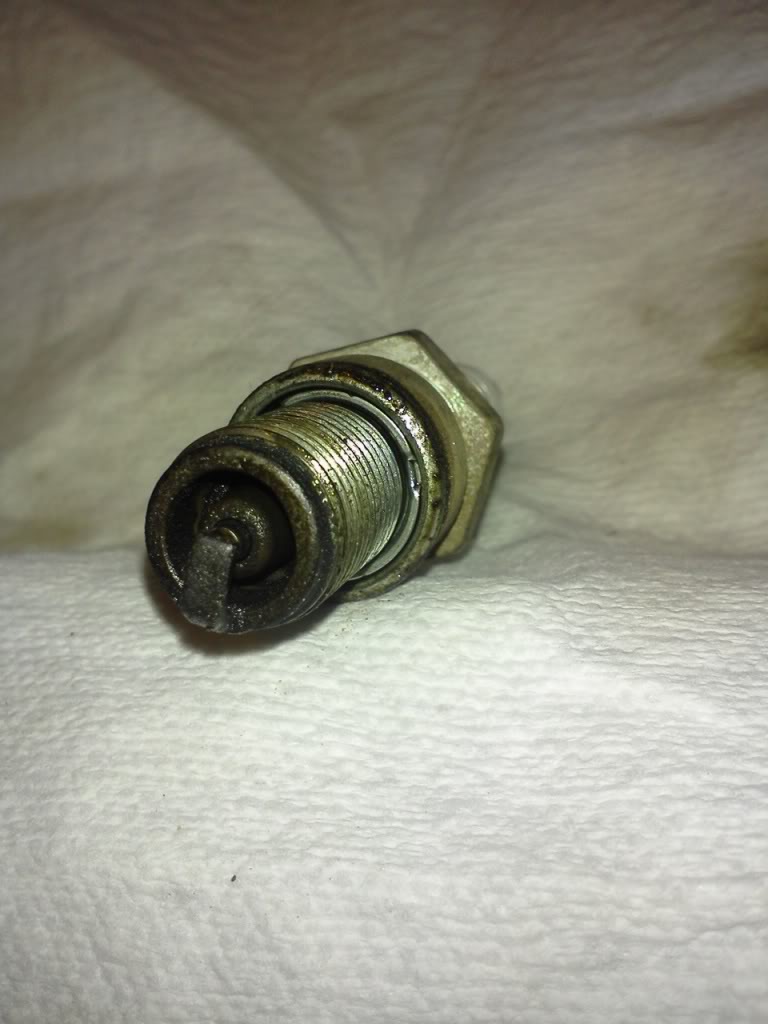that has already been established !!! LOL I:I
Suckerrrrrrsss!!!
that has already been established !!! LOL I:I
yeah, ive seen the marks on factory jets, its just sooo hard to nail down ALL the other knock offs that are floating around out there. is there a tool, like a wire diameter tool to measure the size of the jet??? laugh if you want but, when i change my main, i run a torch head cleaning tool in the orifice on some of my older jets to clean out the dust and crap from setting in the garage. those things have about a hundred wire sizes and i didnt know if there was a similar type of tool to accurately measure???Sorry my bad on the pilot jet (dyslexic) some times. Awks right!
Mikuni and Keinin jets have stamps on them next to the #'s Mikuni's have a box shape Keihin's have a star shape. then there are off brands. (don't know) if dyno jets have any marks on them.
Hope you get it figured out.
i know what you mean about the tip cleaners. i run em in and out, thats it. as far as factory jets man, i got about 50 of them. factory, aftermarket... just a collection from all the various carbs ive rebuilt. some are old enough that i cant even read the numbers any more. got them set aside so i dont try to use em. i just wish i could find a tool to measure them. ive looked but i cant find much on it.Be careful with torch tip cleaners, they are actually like a file and would actually enlarge the jet slightly. I'm sure there is some kind of wire gauge tester, where to get it and cost, would just be cheeper to get genuine jets, problem solved. Buy once, cry once.



As to the air box, it allows all air through, dirty or not, thing is without the lid more air gets through because it breathes better.
By adding more air, you can add more fuel, result = more power.
Ok, here are some photos to prove my sanity...well, what's left of it at this point. I will say this, I got the best quality I could, and they are as clear as I could get them....50 pics on phone to prove it. Also, I did notice on every part (needle, pilot, slide, main jet) that there was that box inside a box symbol stamped just before the number. I think that is what has been making it so difficult to really determine the numbers. So anyhow, without further ado...

needle and seat 2.8, main jet #150

pilot #50

needle is set at the middle clip position
So, now this brings up some more questions, a #50 pilot??? The largest I've read you fellas talking about is 35. I guess I will also add, on the air screw, I turned it in 1.75 turns...of course then turned it back out 1.75 turns. Also, and I don't want to add to more confusion, but I read a lot about some guys going without the airbox lid, other than possibly allowing more air thru, what is the advantage of this? Wouldn't running without the lid allow dirtier air thru? Oh yeah, one other thing, the air filter is a stock air filter from the Yamaha dealer, pre-oiled. My next step is to run a compression test and check out the plug...gotta read up on the plug chop first though to know what I'm doing there. Just gonna check it out, not actually gonna do the exercise...other than the plug inspection.
Hoooowwwww the HELL did this thing even start let alone run without backfiring and spitting and sputtering???? LMAO...I've seen fouled plugs before from my old Camaro, but this is the worst I've ever seen.

They probably tried to compensate the pilot with the main, Maybe???
Pilot will feed fuel thru all of the throttle range but only effects idle range the most.
High pilot numbers usually indicate air leaks being compensated for. But that main is really low for the blaster motor in stock form. Unless they did a taboo and drilled it out to fatten the jet out. I've heard some will do that.
But like I said before the jetting will be similar to the stock carb, But the main more than likely will need to go up one size if at all from my experience with mine on a stock motor.
ah, did you ever read this?
http://www.google.com/url?sa=t&rct=...ua39Dg&usg=AFQjCNE3K2CQtsXMB1vlCi74yJyZJ-GiXg
do not pay much attention to carb settings that came off of multi cylinder machines
disregaurd any onfo here about keihin/oko jet #'s
they are not the same
throw genuine mikuni 32.5 pilot and a 270/290 main jet in that mikuni 28 and she will at least start and run to allow fine tuning!
or i'll run a honda sticker on my blaster for the rest of the season
